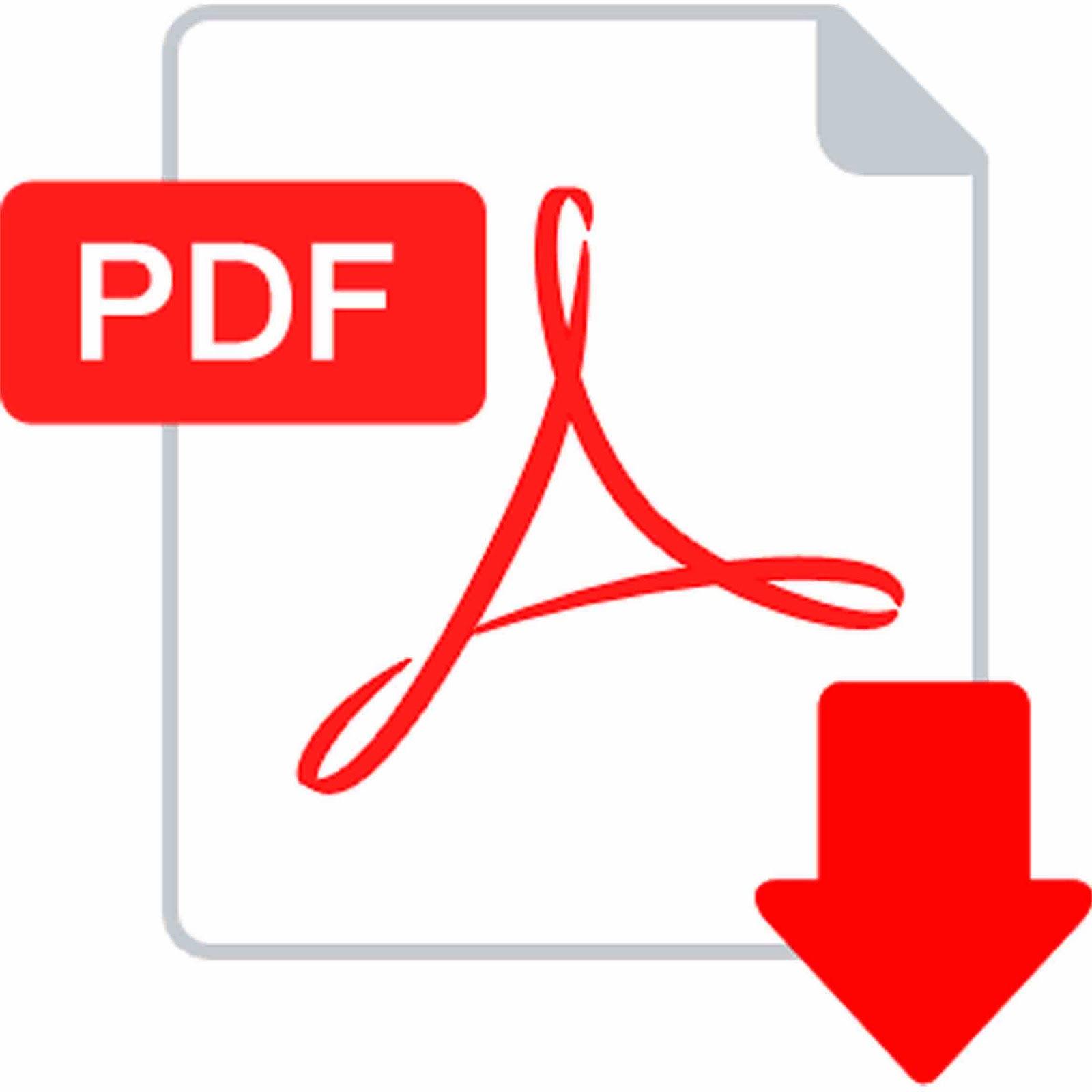| JEL Classification: Q56, M41, G32. | DOI: https://doi.org/10.31521/modecon.V51(2025)-25 |
Syrtseva Svitlana, PhD in Economics, Associate Professor, Associate Professor of the Accounting and Taxation Department, Mykolaiv National Agrarian University, Mykolaiv, Ukraine
ORCID ID: 0000-0003-4824-3741
e-mail: sirceva@mnau.edu.ua
Kryzhova Viktoriia, Applicant for Higher Education, Mykolaiv National Agrarian University, Mykolaiv, Ukraine
ORCID ID: 0009-0009-5440-3001
e-mail: kryzhovavi@gmail.com
Assessing the Environmental Reliability of Counterparties: Analytical Approaches, Indicators, Management Solutions
Abstract. Introduction. In the context of growing global attention to sustainability and ESG principles, businesses are increasingly required to assess not only the financial and legal standing of their partners but also their environmental integrity. Modern economic activity is marked by a growing interdependence between environmental safety, corporate responsibility, and the long-term sustainability of business relationships. Escalating ecological challenges, enhanced environmental regulations, and the transformation of corporate governance standards have amplified the relevance of environmental due diligence as a key tool for managing risks in partner selection and evaluation processes.
Purpose. The purpose of this study is to substantiate and develop organizational and methodological approaches for a comprehensive analytical assessment of the environmental reliability of counterparties. The research aims to integrate environmental risk indicators into business partner evaluation systems and support risk-informed managerial decision-making regarding partner selection, assessment, and cooperation, with a strong focus on environmental aspects.
Results. The study proposes a structured analytical framework for conducting environmental due diligence of counterparties. This includes a classification of key and supplementary environmental risk indicators, a multi-stage verification algorithm, and a compliance scoring scale. The model takes into account industry-specific risks and utilizes tools such as ESG scoring, web analytics, and SWOT analysis to enhance early risk detection. A matrix for classifying counterparties by environmental risk levels is developed to support strategic and sustainable decision-making in corporate governance.
Conclusions. Environmental reliability is a critical component of partner evaluation and should be considered on par with financial, legal, and reputational factors. It must be approached not as a technical procedure but as a strategic tool for identifying potential threats to financial stability, legal compliance, and corporate reputation. The proposed approaches contribute to building transparent, risk-oriented, and environmentally responsible business relationships. The tools suggested in the study are practical and can be integrated into corporate due diligence systems, strengthening sustainability practices and improving long-term partnership quality.
Keywords: environmental assessment; reliability of counterparties; environmental risks; risk indicators; management decisions.
References:
- Bing, G. (1996). Due diligence techniques and analysis: Critical questions for business decisions. Westport: Quorum Books.
- Gole, W. J., & Hilger, P. J. (2009). Due diligence: An M&A value creation approach. Hoboken: John Wiley & Sons.
- Rosenbloom, A. (2002). Due diligence for global deal making: The definitive guide to cross-border mergers and acquisitions, joint ventures, financings and strategic alliances. New York: Bloomberg Press.
- Spedding, L. (2009). The due diligence handbook: Corporate governance, risk management and business planning. Amsterdam: CIMA Publishing.
- Bondar, V. (2010). Methodological principles of the examination of the legal and financial condition of a company in preparing a Due Diligence report. Accounting and Audit, (8), 23–28.
- Nazarenko, I. M., & Orekhova, A. I. (2011). “Due diligence”: Essence, purpose and sequence of implementation. Scientific Papers of Kirovohrad National Technical University. Economic Sciences, (20, Part I), 360–366.
- Kasych, A. O., & Yakovenko, Ya. Yu. (2015). Due diligence as a key tool for investment feasibility analysis. Accounting and Finance. Finance and Taxation, (4(70)), 92–97.
- Daley, B., Geelen, T., & Green, B. (2024, July 20). Due diligence. The Journal of Finance, 79, 2115–2161. https://doi.org/10.1111/jofi.13322.
- Ukrainian Research and Training Center for Standardization, Certification and Quality Problems. (2016). DSTU ISO 14001:2015 (ISO 14001:2015, IDT) Environmental management systems. Requirements with guidance for use. Kyiv.
- Savchuk, T. V., & Nakladyuk, N. M. (2022). Environmental management system: Features of implementation by Ukrainian enterprises. Scientific Notes of the Lviv University of Business and Law. Economic and Legal Series, (35), 115–122.
- Stanko, T. M. (2025). Non-financial reporting as a tool for evaluating management effectiveness in achieving sustainable development goals. Economy and Society, (71). https://doi.org/10.32782/2524-0072/2025-71-34.
- Karaieva, N. V. (2019). Ecological and economic risk management: Risk assessment methods: Textbook for students majoring in 122 “Computer Science and Information Technology”, specialization “Environmental Monitoring Information Technologies”. Kyiv: Igor Sikorsky Kyiv Polytechnic Institute.
- Kopchak, Yu. S., Lobunets, T. V., & Lukovskyi, R. I. (2024). SWOT analysis as an important tool in business strategy development. Economy and Society, (61), 1–8.
Received: 25 June 2025

|
How to quote this article? |
| Syrtseva S., Kryzhova V. (2025). Assessing the Environmental Reliability of Counterparties: Analytical Approaches, Indicators, Management Solutions. Modern Economics, 51(2025), 191-197. DOI: https://doi.org/10.31521/modecon.V51(2025)-25. |










 Українська
Українська